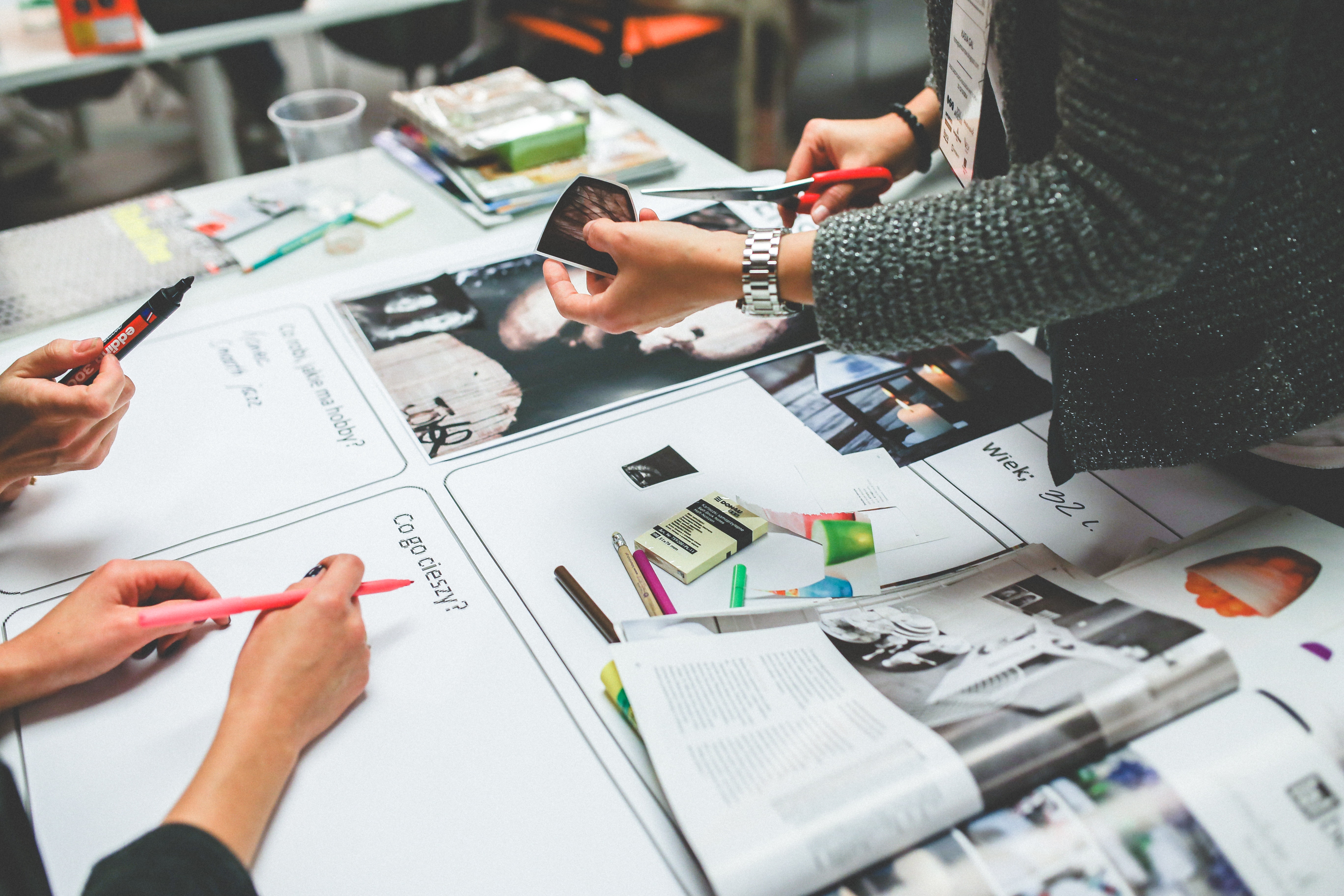How to Meet Your Customers’ Expectations in Product Design

What do customers expect from your product? This is a question we confront every day at Beyond Design. It can be a difficult problem to address, because it assumes that customers have a concrete understanding of everything that goes into the way they interact with the products they use every day. Most customers don’t— even if they can intuitively sense when an experience doesn’t give them what they’re looking for.
Put another way, it’s a lot easier for customers to describe what they don’t like about an existing product than it is for them to communicate what they want in something they haven’t used yet. As a product designer, it’s up to you to anticipate users’ behaviors and design an experience that will cater to those behaviors in a satisfying way. Essentially, you have to give customers what they want before they fully know what they want.
Later in the process, you can conduct testing to bring your ideas to real users and garner feedback, then adapt based on that feedback to improve the product through a continuously iterative process.
At its essence, this is what goes into the process of creating a great user experience (UX). The way user experience intersects with product design has become the subject of significant debate and conversation in recent years. But to contribute to that conversation, we first have to define what we mean when we talk about UX.
What is UX in Product Design?
User experience is a term first coined by a man named Don Norman, who in 1993 claimed the first ever role with ‘user experience’ in its job title. It’s fitting that Don’s position was at Apple, a company that’s come to be known as the leading believer and evangelist of user experience.
UX can be a physical or digital means to drive meaningful experiences for users of your product. It’s an opportunity to express your brand through every touchpoint. Great user experiences should feel seamless across any medium and help users achieve their goals while using them, and even before or after that active use.
It’s important to understand how user experience goes beyond simply usability or user interface design. ‘Usability’ and ‘user interface’ describe the moment of interaction with a device, software, interface, or platform. At Beyond Design, we sum up usability this way: Do the features and design of the product, combined with the user’s needs, environment, and desires, add up to an interaction that’s beneficial and easy to understand for the user?
But when it comes to user experience in product design, the definition is much broader. User experience describes the full range of interactions a customer can have with your brand, your service, your products, and even their packaging (when it comes to physical products). It includes the quality of service the customer receives when they have questions or issues relating to the product, as well as how easy it is for them to troubleshoot problems themselves.
UI asks questions like “How clear is the menu hierarchy for our application?”
UX asks questions like “How do users feel when they’re using our products?”
Answering the first question will result in a useful app. Answering the second will result in a lovable product.

Learning and Delivering What Your Customer Wants.
Product design is a mission to give customers everything they want, even the things they didn’t know they wanted.
As a result, having a dedicated user experience expert or team in your organization can sometimes result in a healthy tension between UX considerations and financial considerations. User experience is about finding all of the ways to give customers a dream product, the business side is about ensuring a sustainable and profitable business model, and where these two disciplines meet is product design.
From our perspective as a company that helps our clients build great products, we sometimes find that companies expect a perfect product right out of the gate. But designing truly great products is about creating, testing, failing, and improving until creative solutions can be found. To do that, you have to answer some key questions throughout the process.
Why, What and How
Many product designers mistakenly start designing with the ‘what’ of their product in mind. They list off great features and essential functionality.
But great design actually starts with ‘why.’ What are the motivations of your target customers? What do they value? Where will they use your product, and what will it help them achieve? Only by understanding the context of their environments, motives, and needs will you be able to design a product that’s appropriate for all of them.
For example, we created a series of products for a printer company called Zebra. What we found is that while the setup process for printers in an industrial setting had to cater to a certain set of motivations, that same logic didn’t apply in the context of home users and the consumer electronics market. We had to find a way to tell the story of the brand, its values, and its value to customers in less than ten minutes of user experience.
Once you have the ‘why’ and the ‘what,’ user experience helps you design the ‘how.’ It will help you develop the most pleasing aesthetic, the most accessible applications, and the most easy-to-use products that just work.
The Importance of Testing
We might all aspire to tell customers what they want before they know they want it, but there’s still tremendous value in user testing. This is when your product goes from the hypothetical ideal in your head into the real world, and major or minor issues can be discovered. Beyond Design uses testing extensively to put products through their paces and discover how they hold up to real-world use. We also use field research to talk with users and understand their work environments, product requirements, desired features, and areas of improvement for accuracy and speed. We use this information to develop a hierarchy of information and guide our entire process. This also gives us key insights into user behaviors as they navigate the product.

Common Product ‘Annoyances’ to Avoid
While each product and user base is different and unique, there are some general product design mistakes that can instantly turn off users and make them want to navigate away from your product— and maybe stop using it all together.
Here some of the most common mistakes designers make that can lead to UX failure.
Poor Responsiveness
It might seem like it goes without saying, but all of a product’s functions should work when users expect them to work. A delay between a button press, knob turn, or digital touch and the desired response can quickly lead to frustration and convey a poorly produced product.
Too Much Packed Into One Product
It’s easy to get excited about everything your product can do for your customers. But trying to pack too much into a product can leave it more confusing and unwieldy than actually useful. Instead, focus on delivering a simple and easy-to-use yet powerful product that meets your target audience’s key goals. Sometimes, less is more.
Failure to Test Effectively
Everyone has had the experience of using a product and having it be immediately apparent that it didn’t undergo adequate user testing. Navigation doesn’t make sense, none of the buttons are positioned where you want them to be, and nothing seems to be intuitive about the design at all. Avoid this by testing early and often, putting prototypes of your product through the paces to identify red flags and design problems.
Lots of Text, No Clear Message
Remember Don Norman, the first-ever user experience expert? He also coined a term known as a ‘Norman door.’ It describes a product designed in such a way that it’s not immediately clear how it works, so text is required to explain it— like a door that must be marked ‘push’ to avoid confusing travelers.
If you’re using too much text to tell customers how to use your product, your problem is deeper than making customers read too much— you’ve probably created an unintuitive product.
Confusing Navigation
When a user clicks on or touches a navigational icon, your product should respond with what they expect to happen. If your product has a display or interacts via voice, its messages should be clear and concise so that users understand exactly what the product is trying to tell them. Confusing responses to button pushes and other interactions are huge turn-offs for users.

 Top
Top
